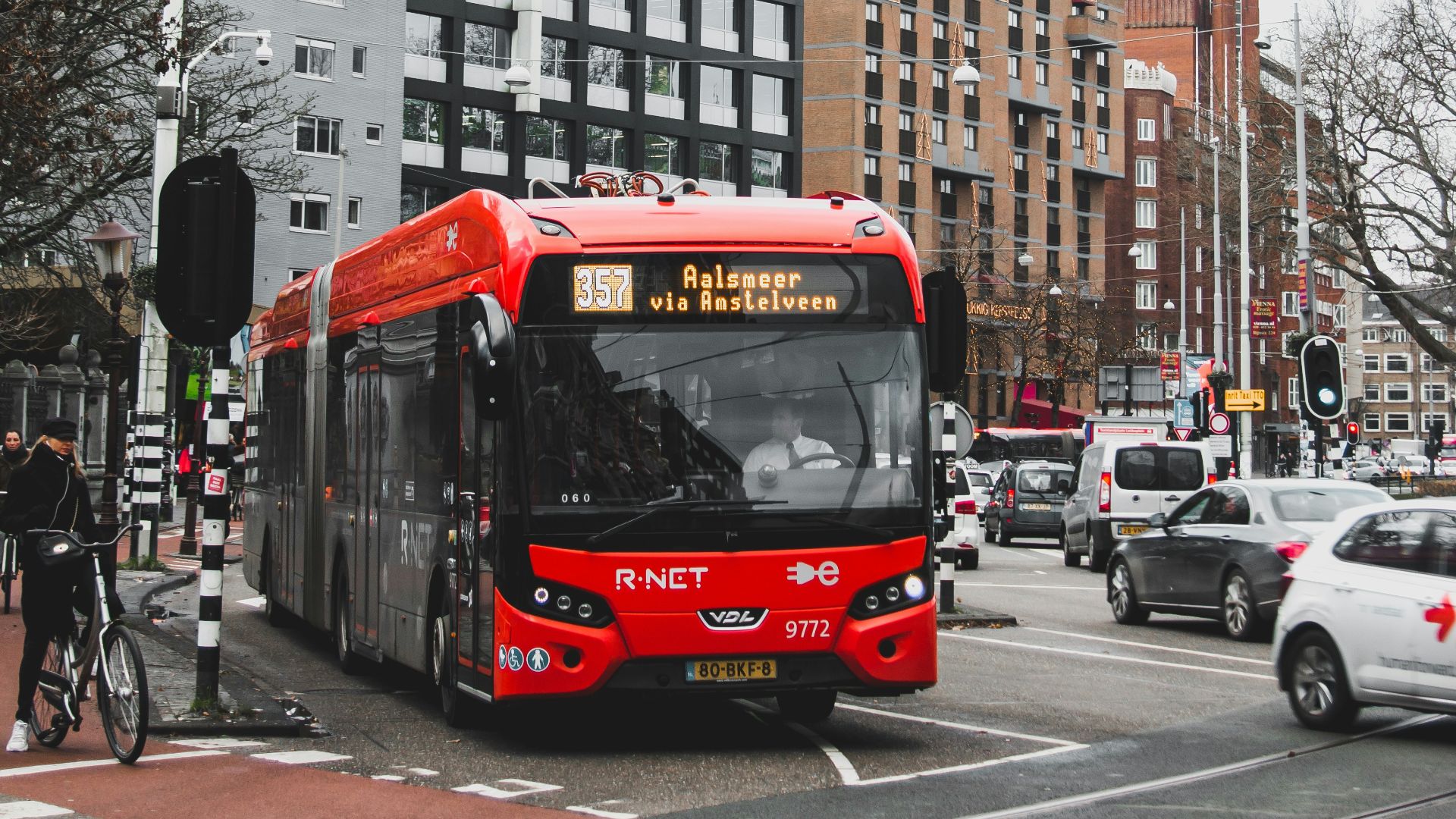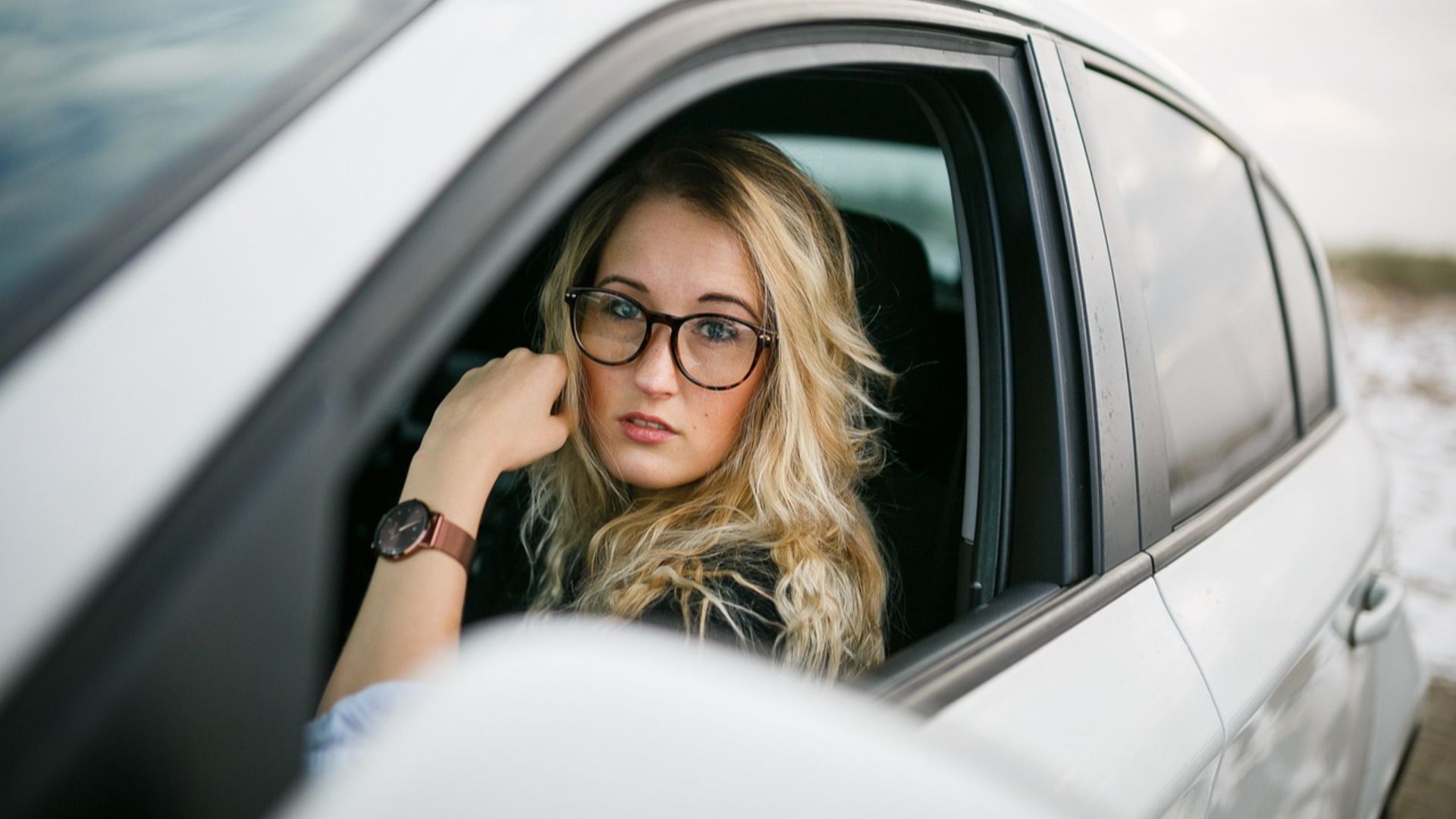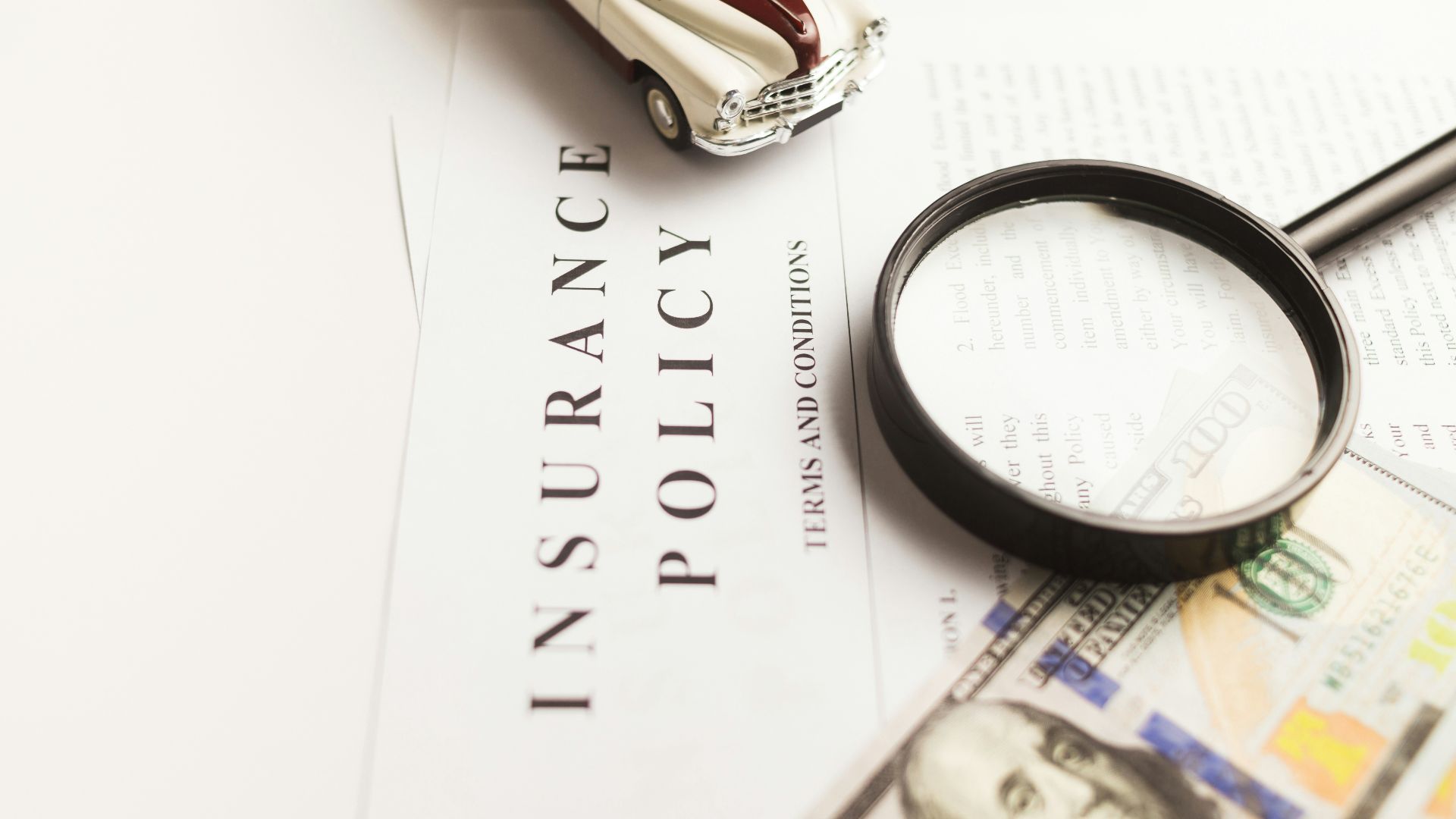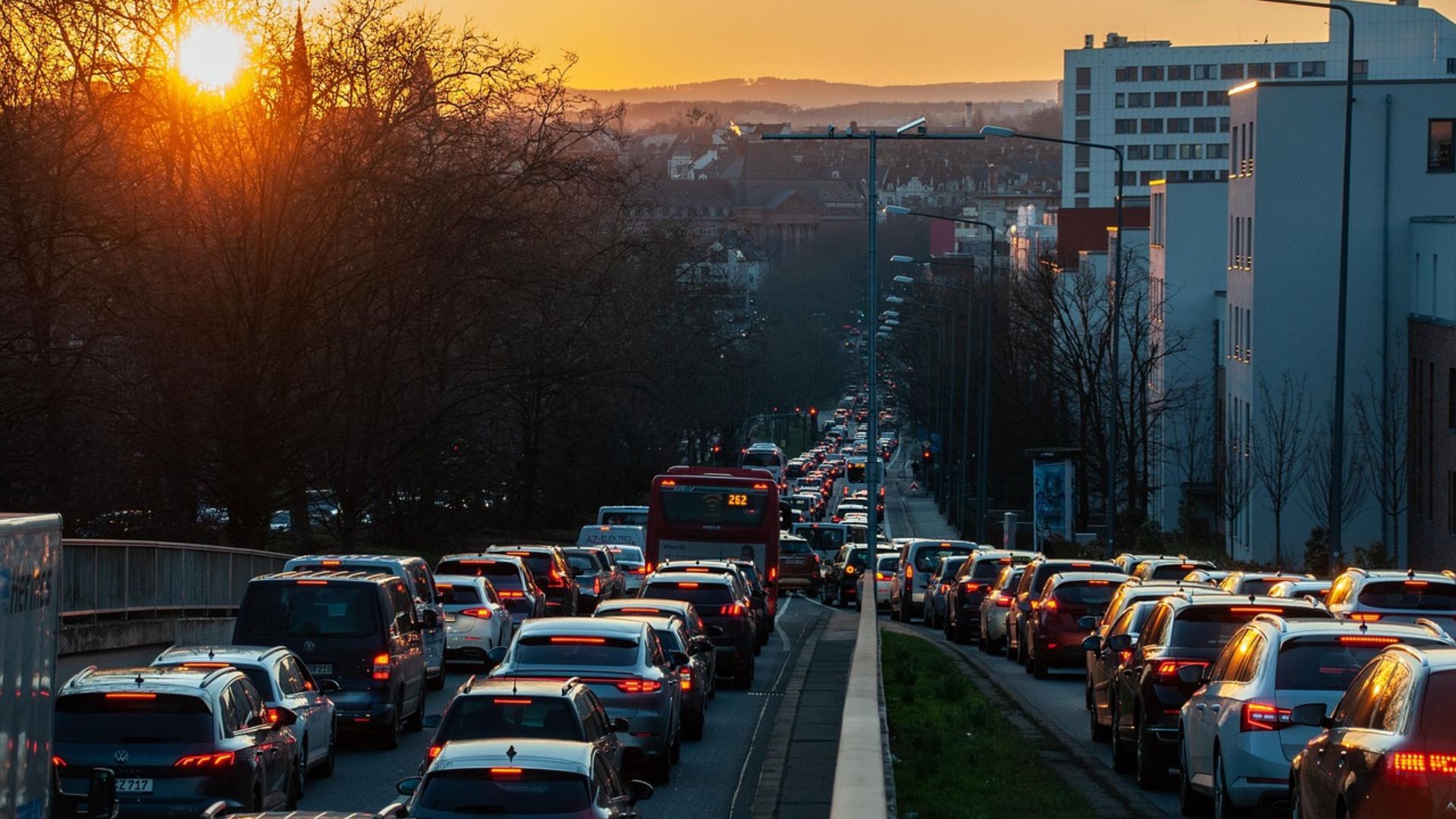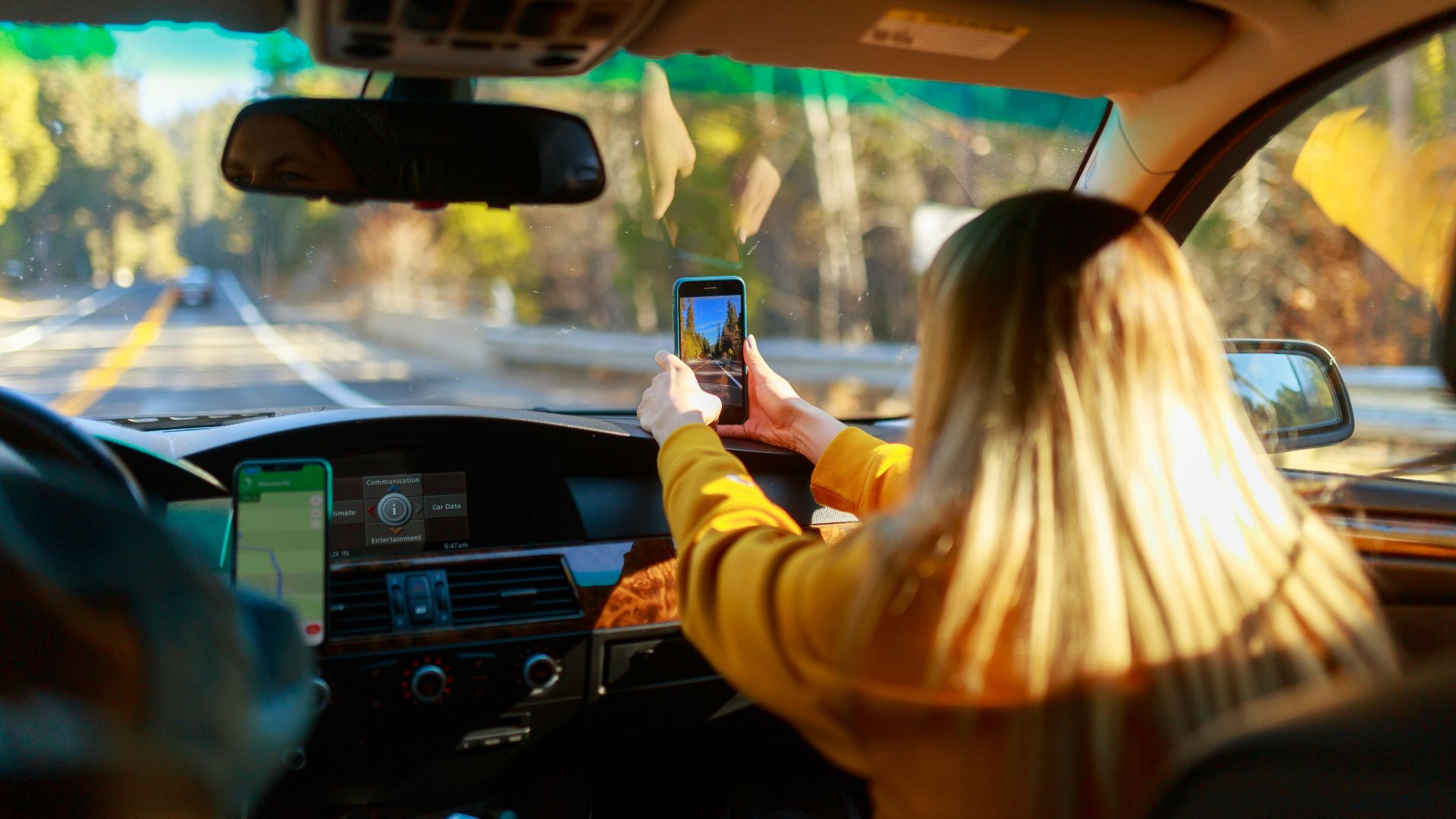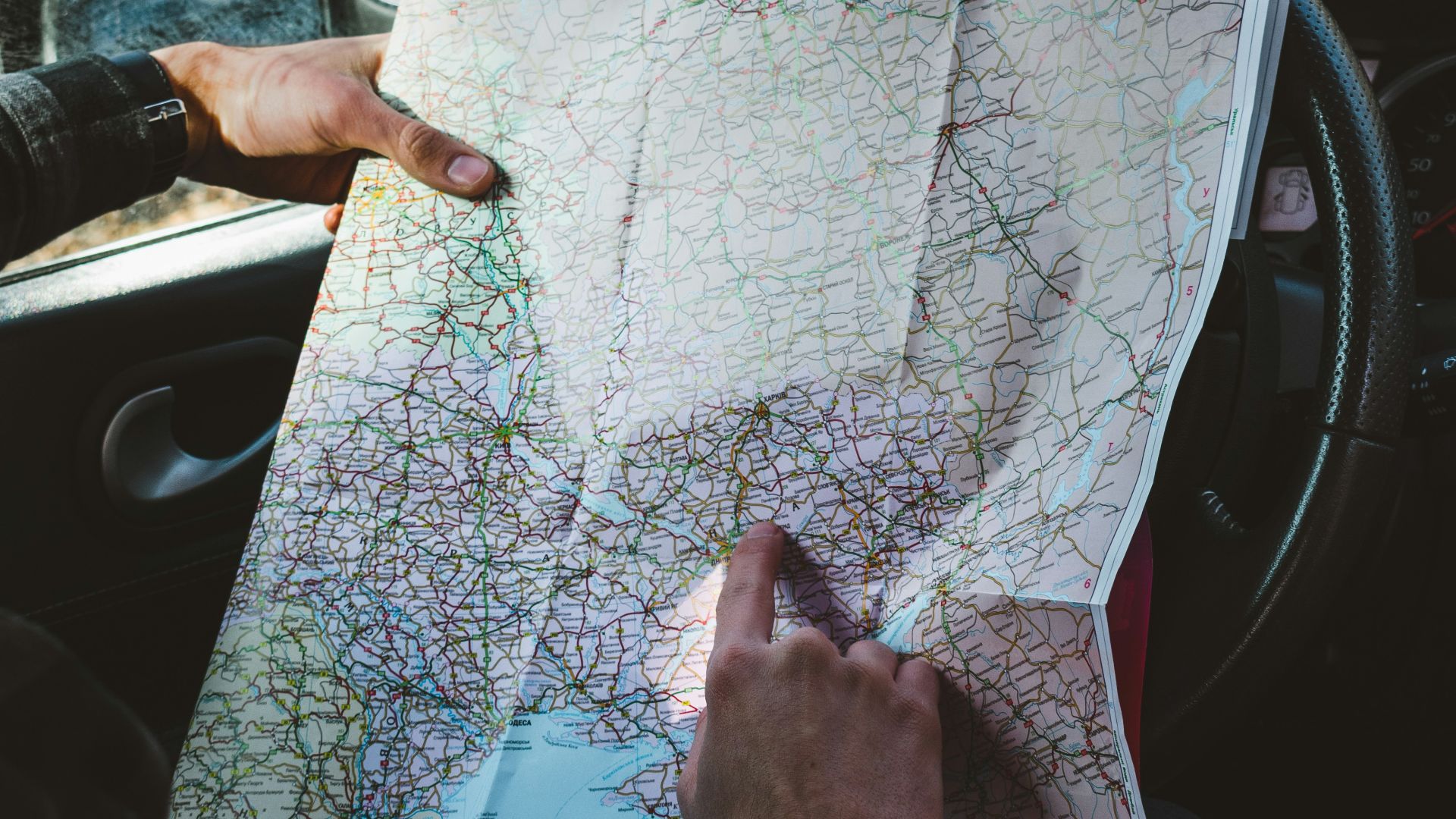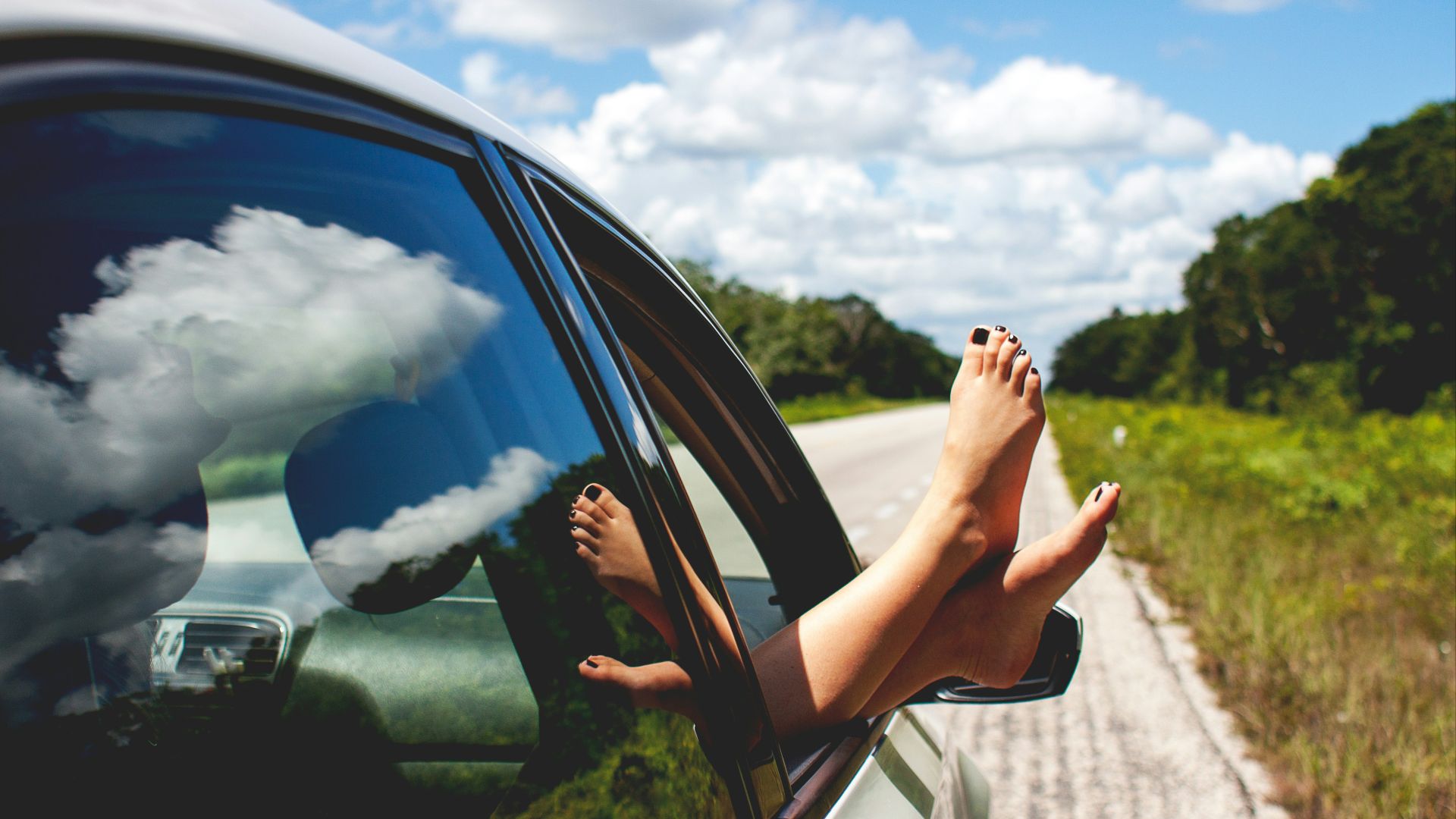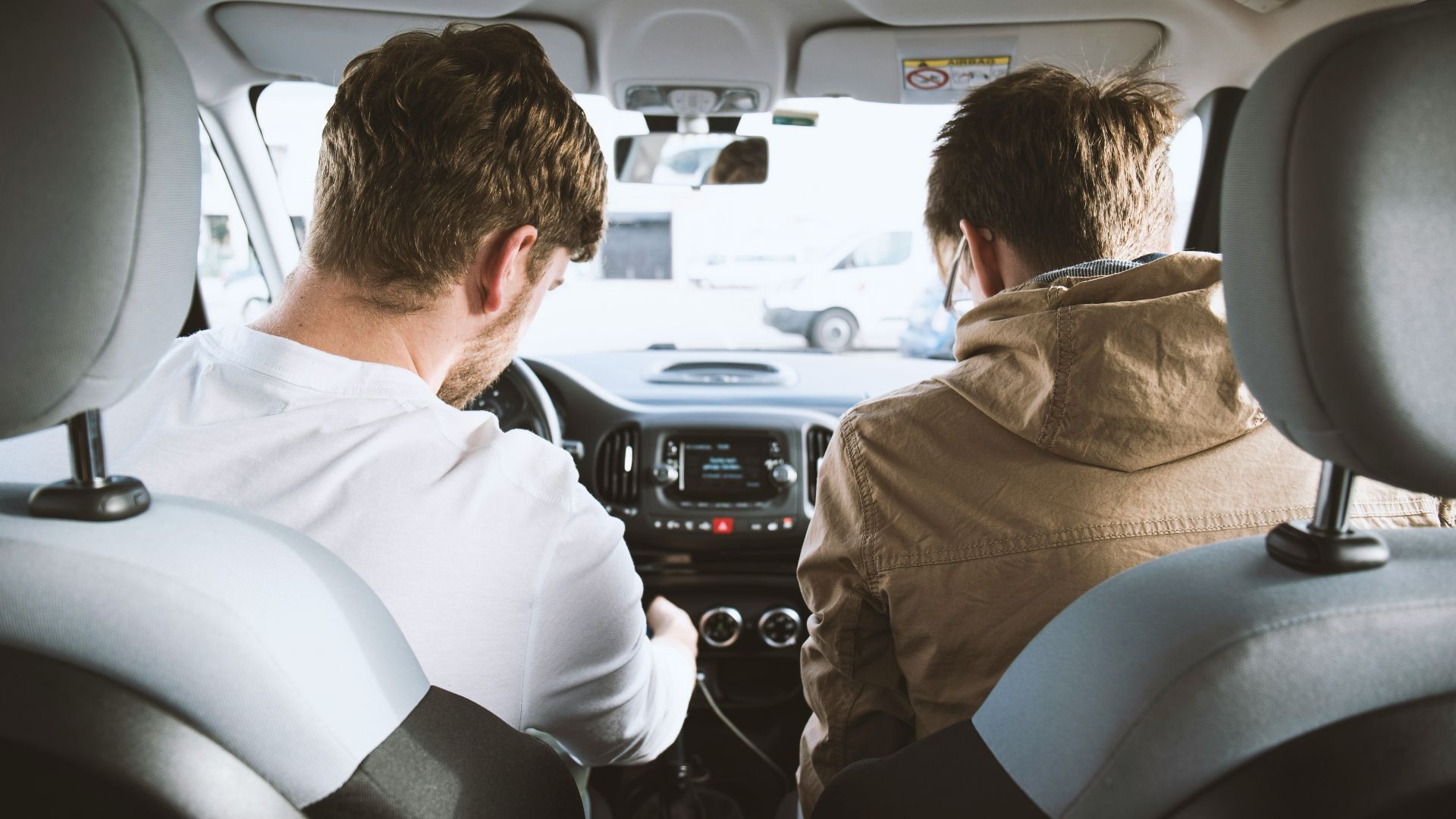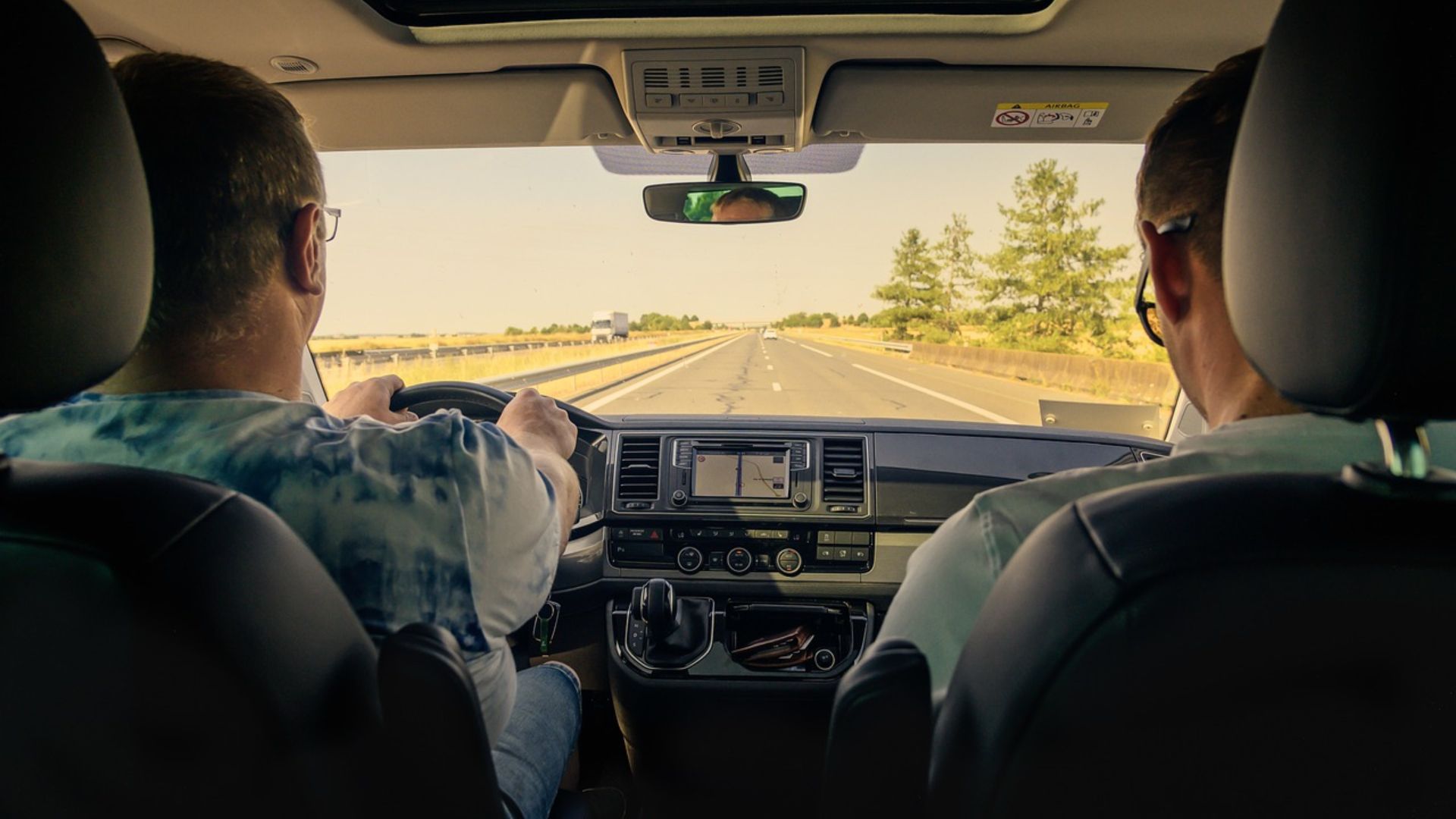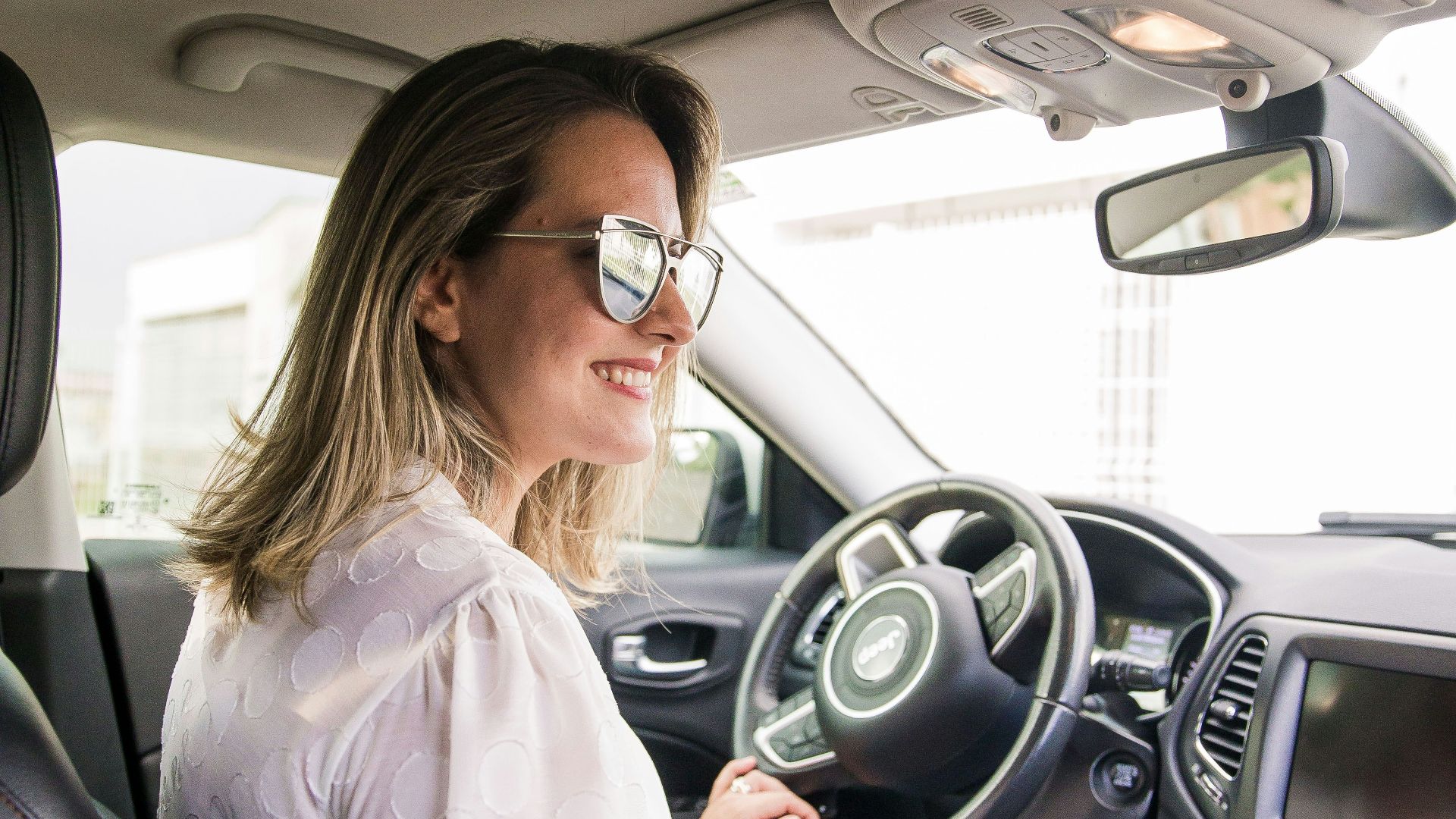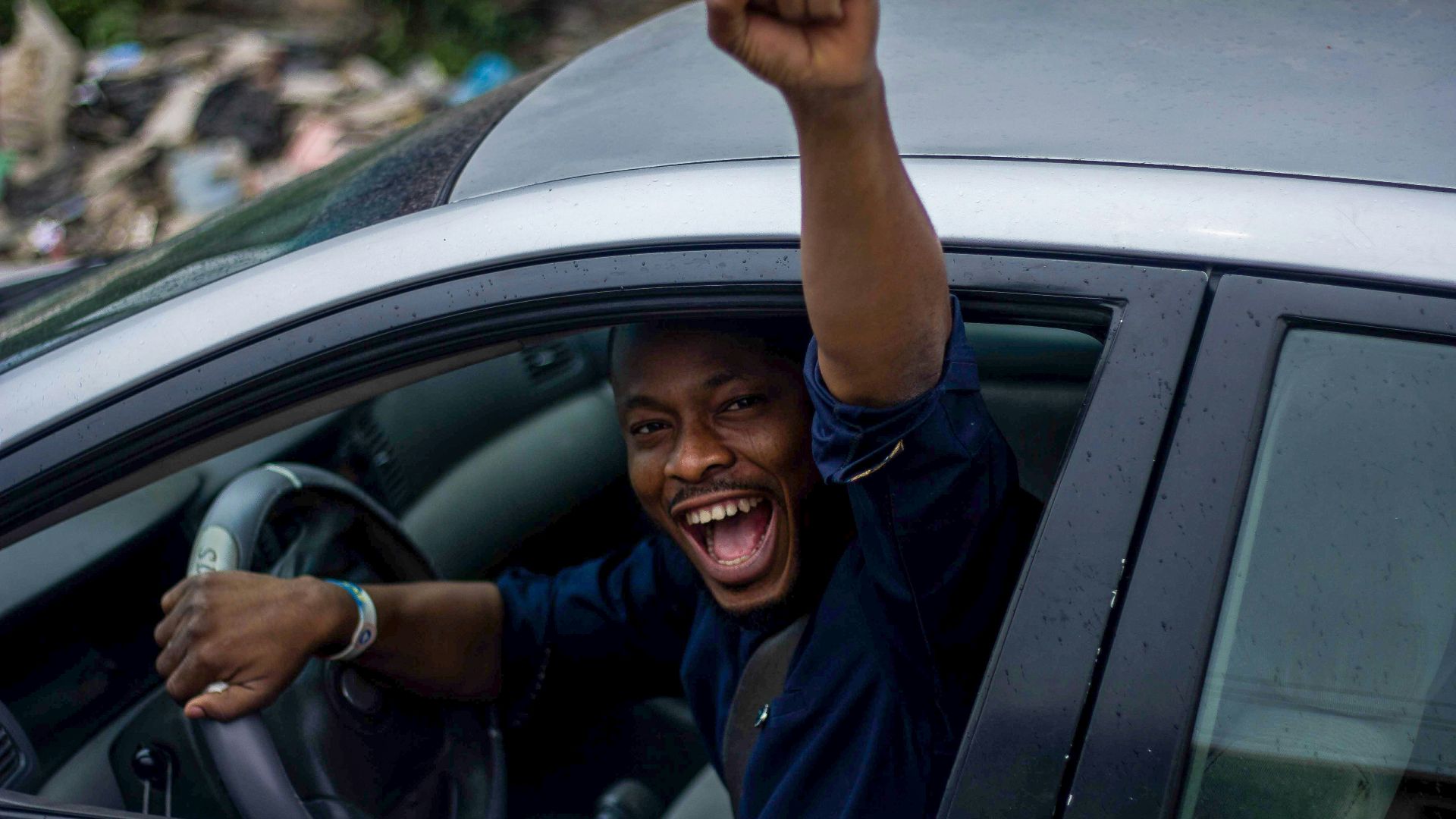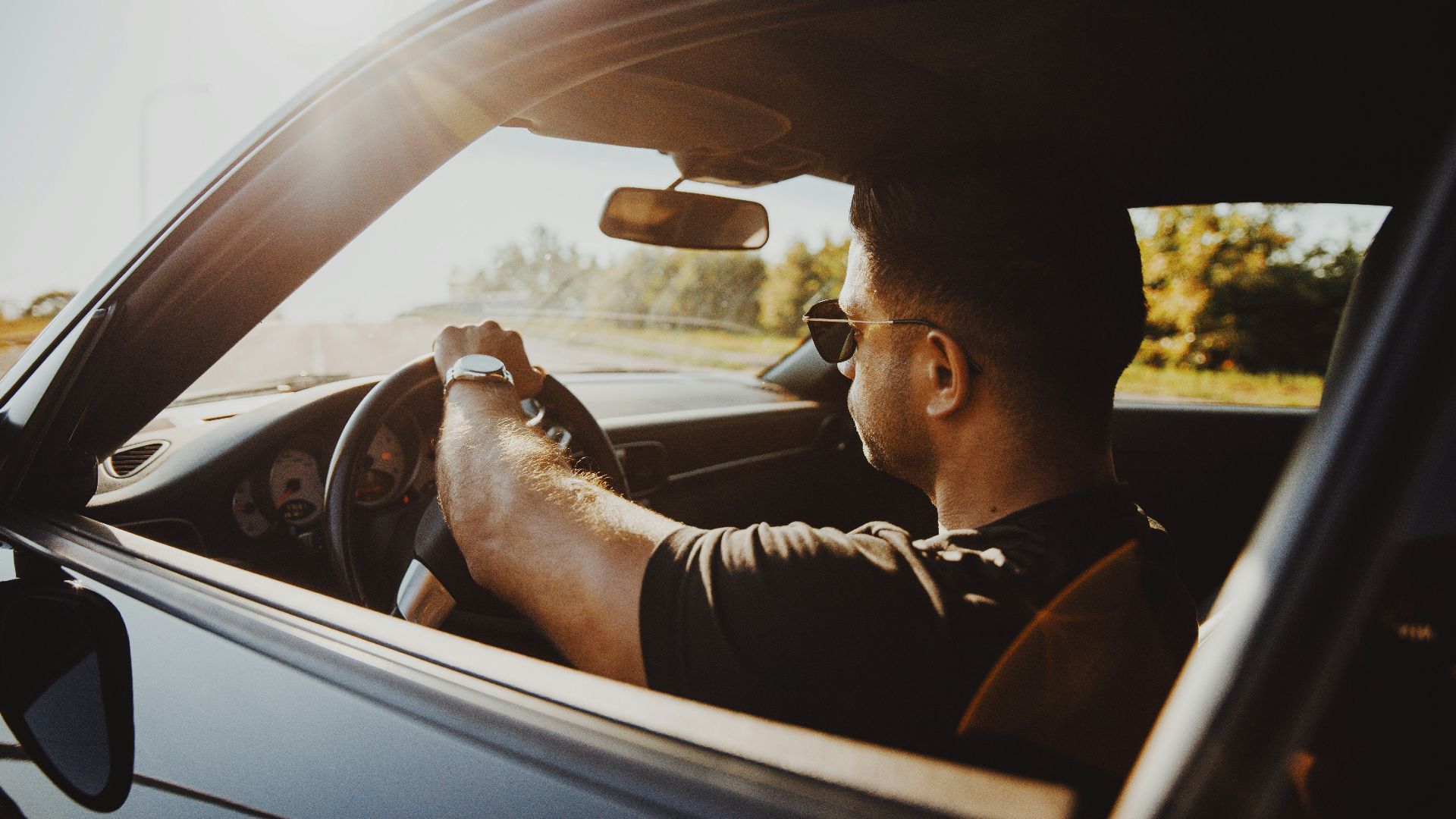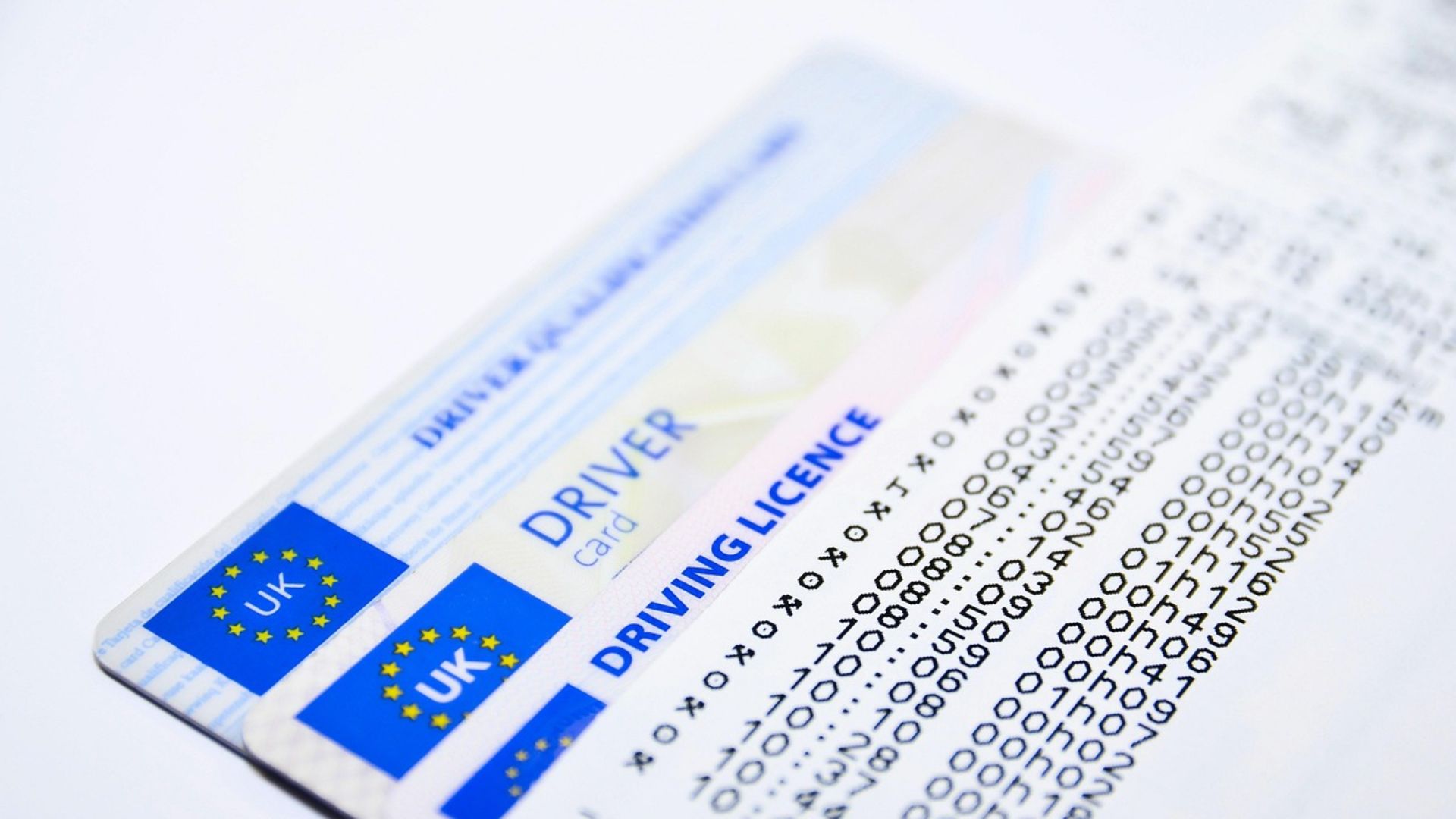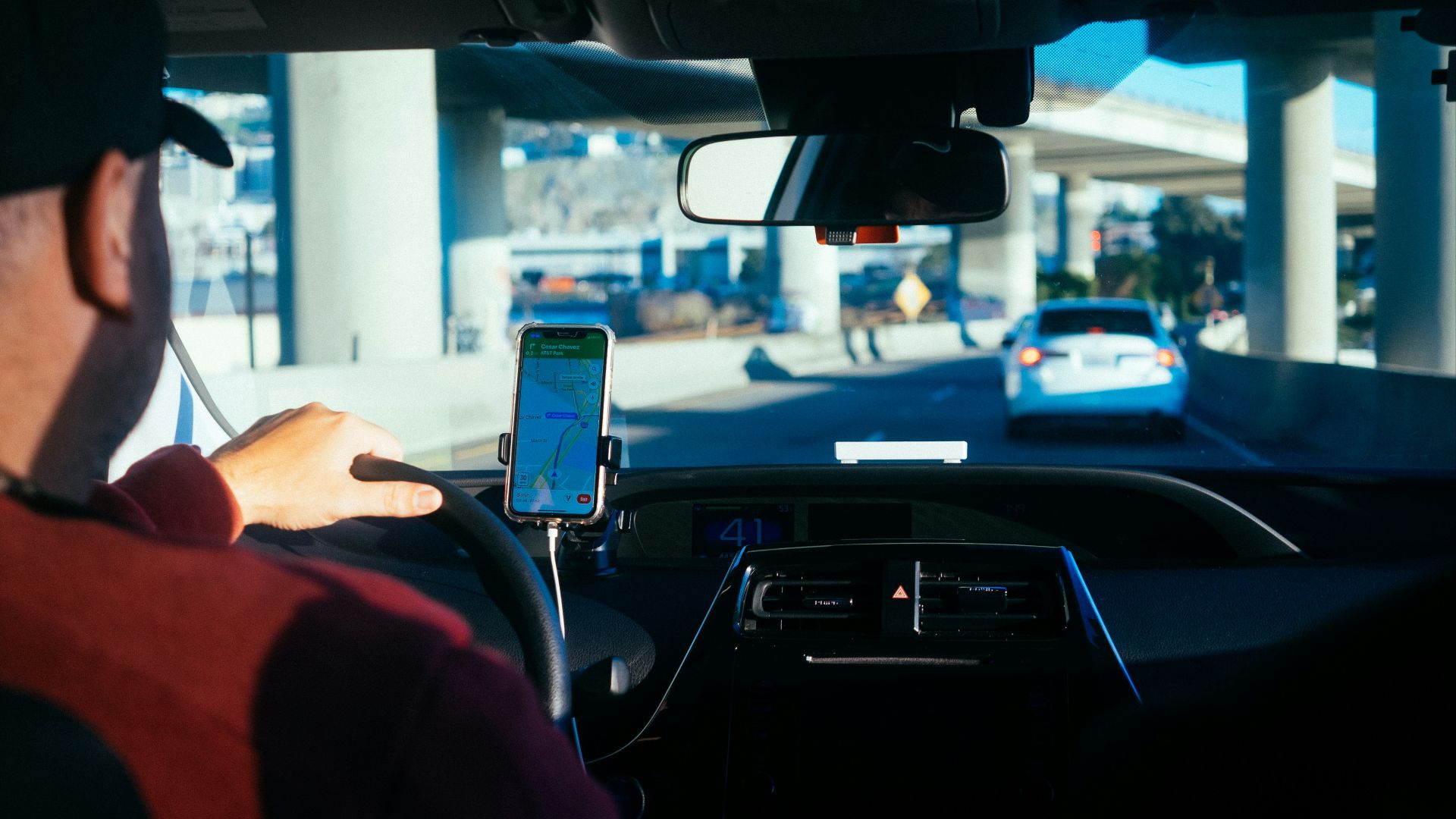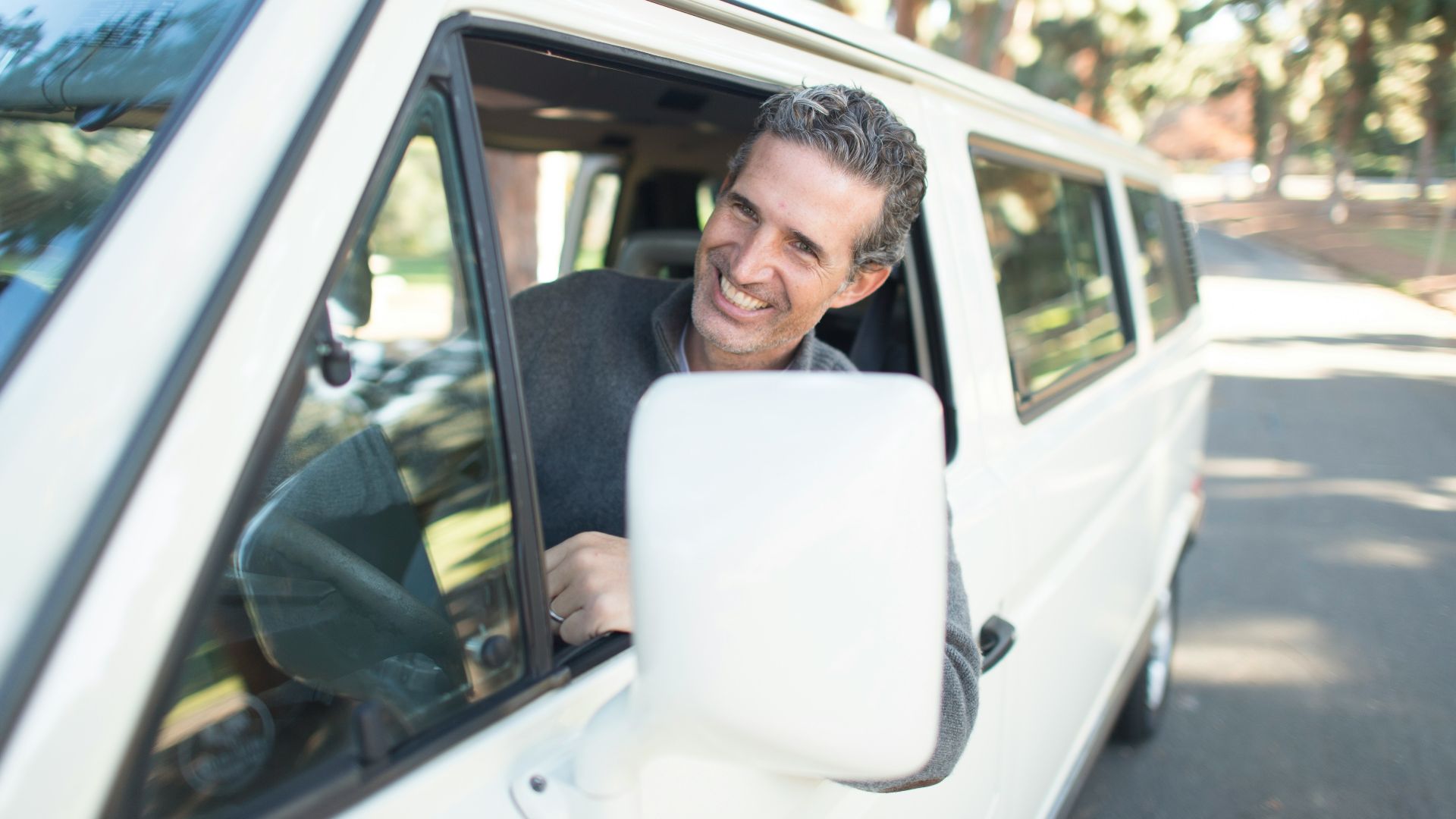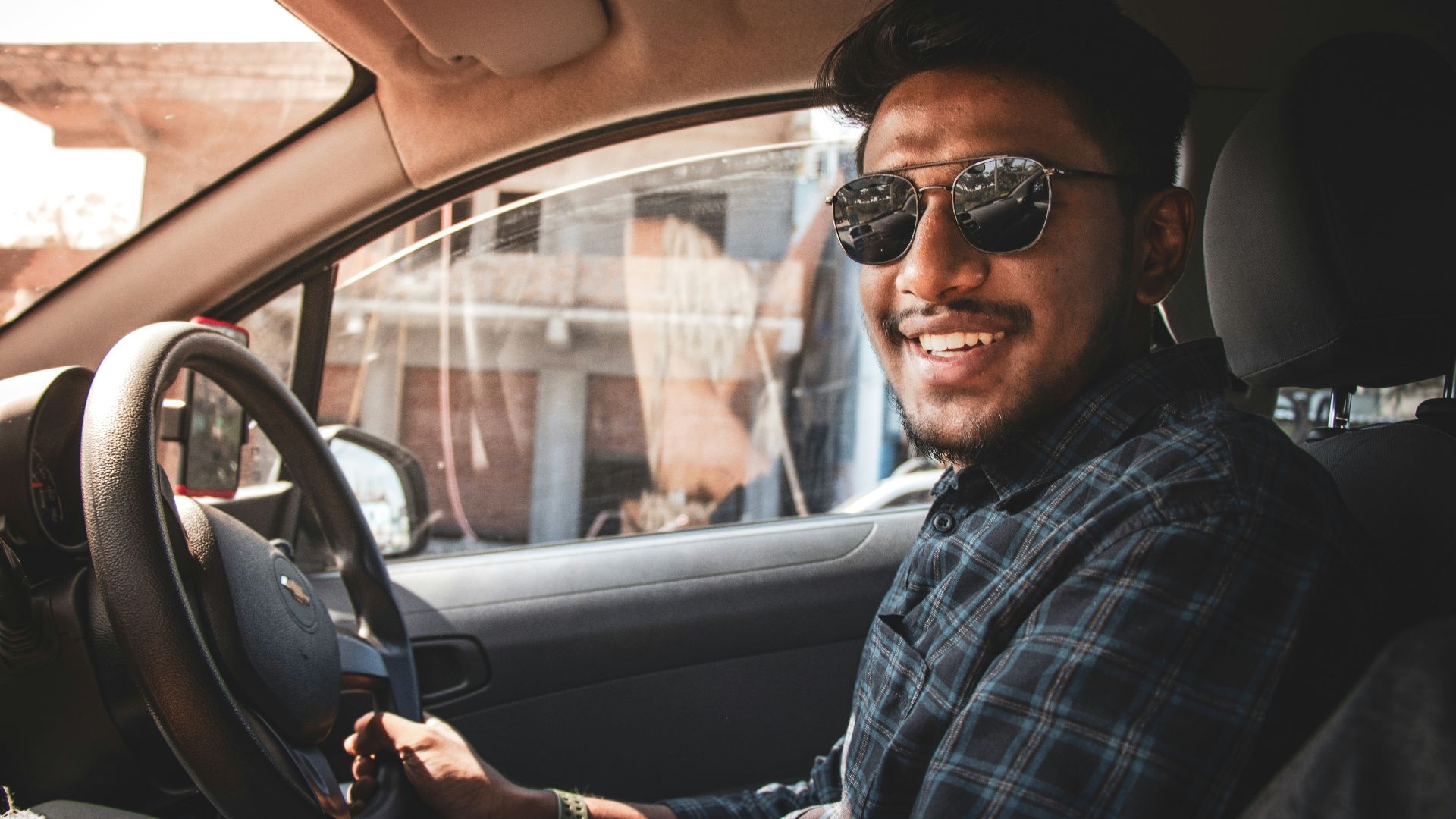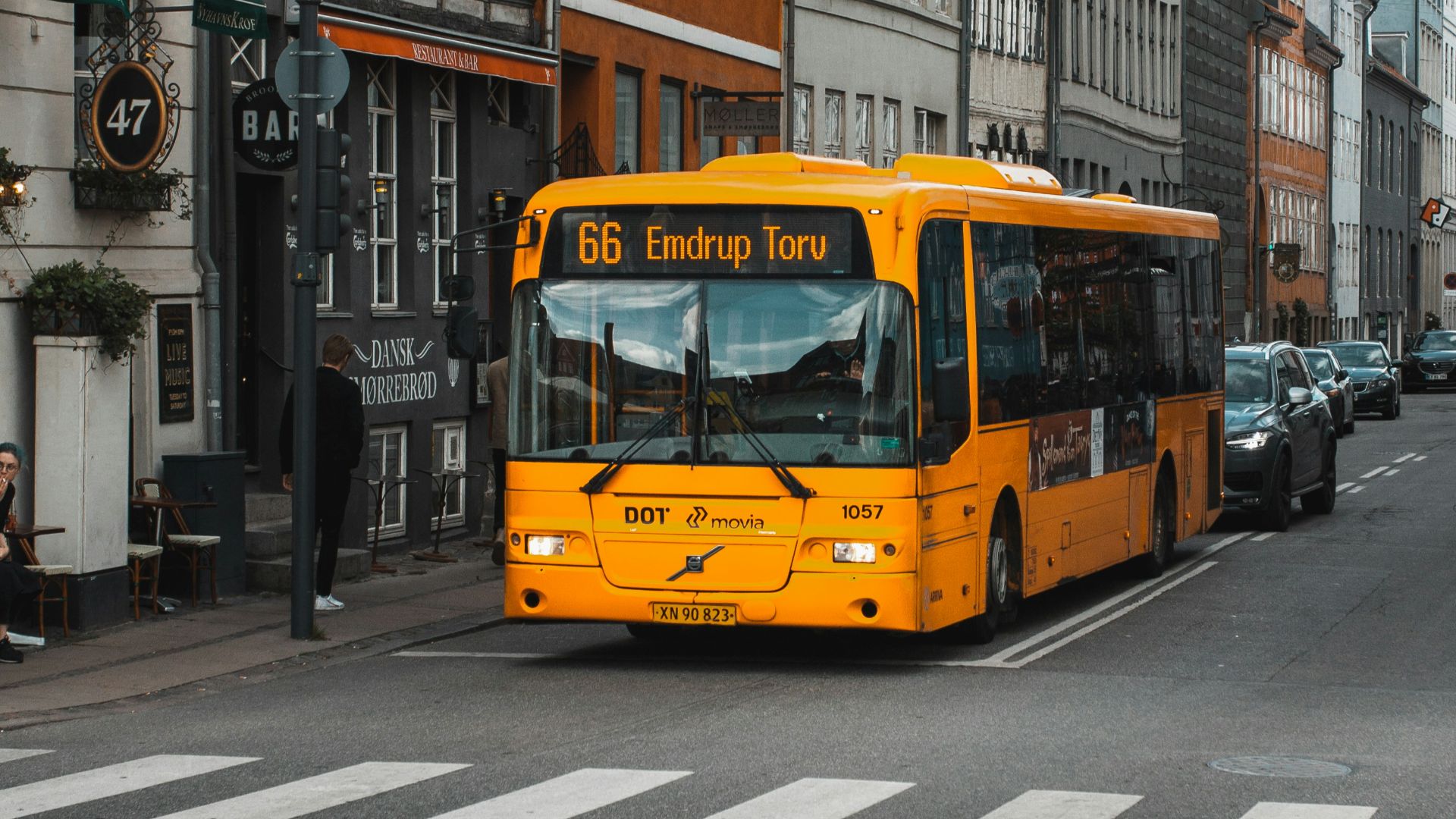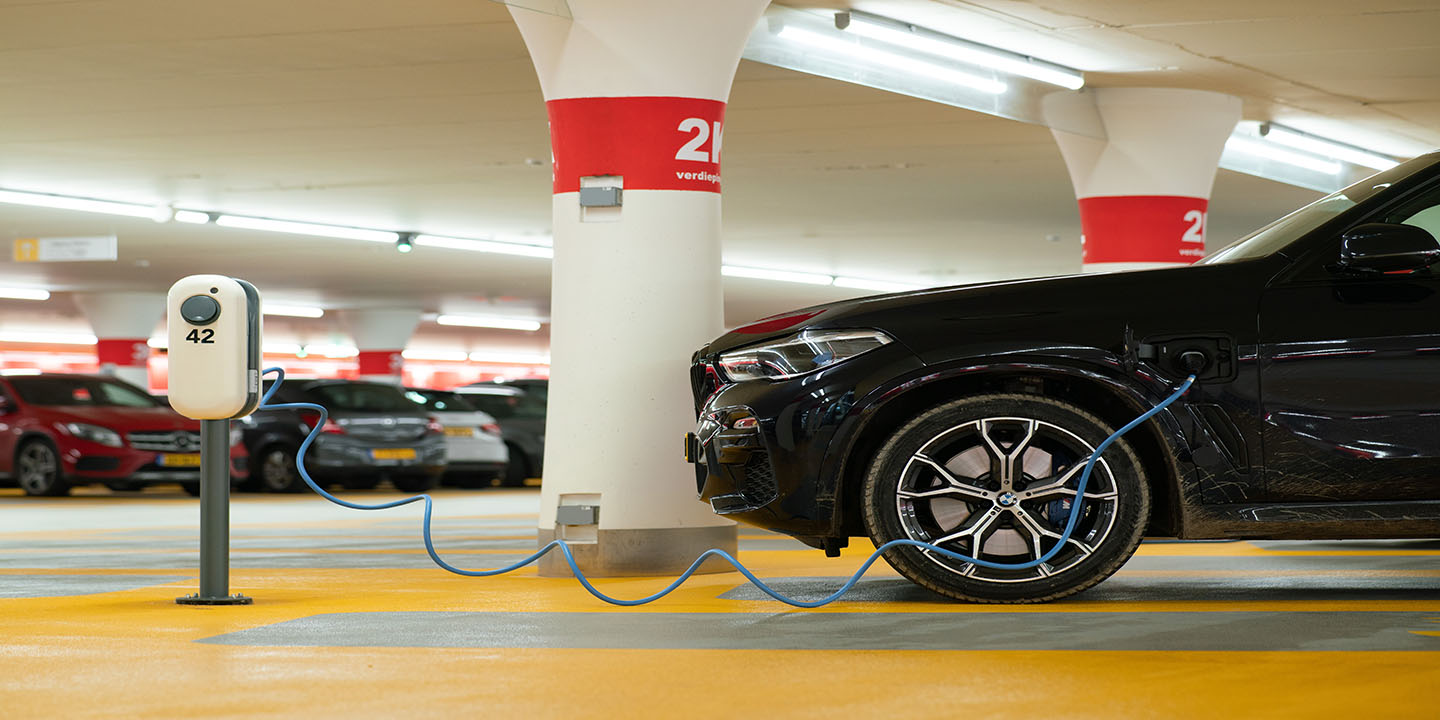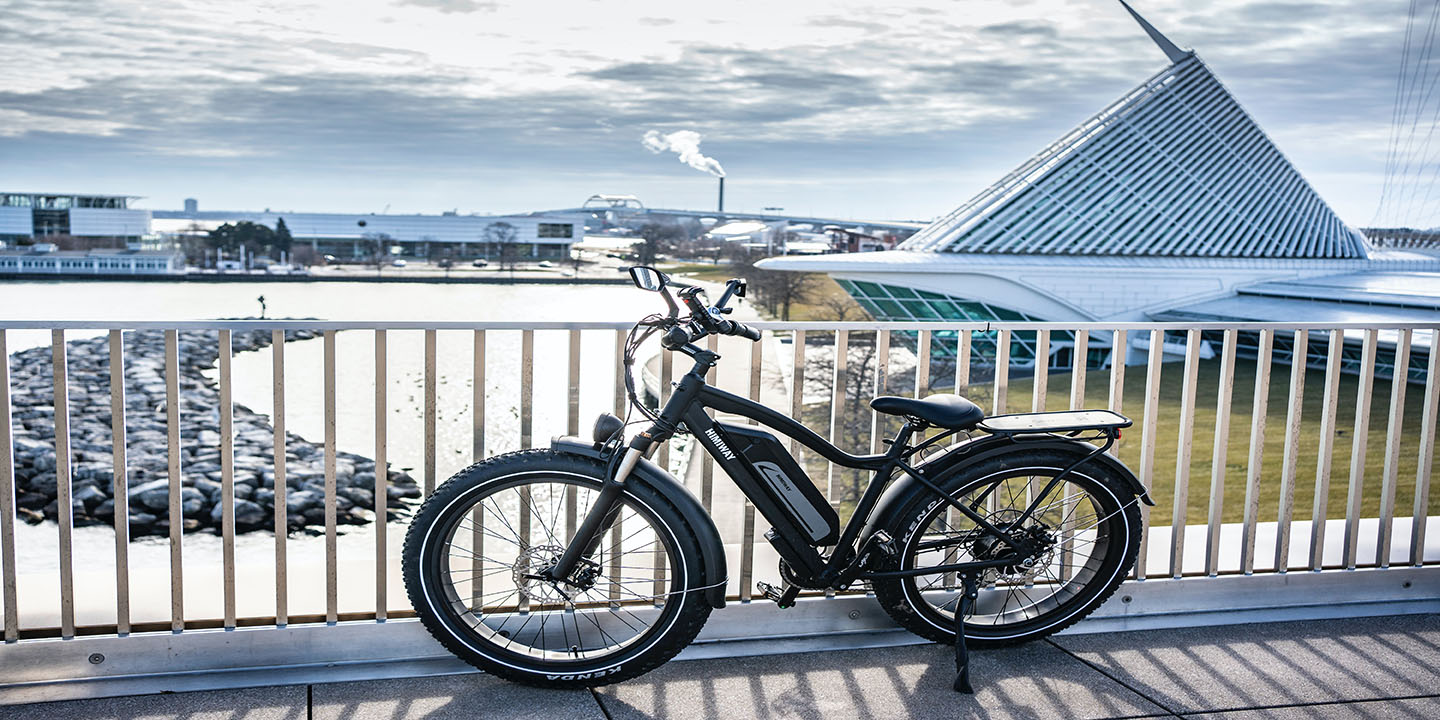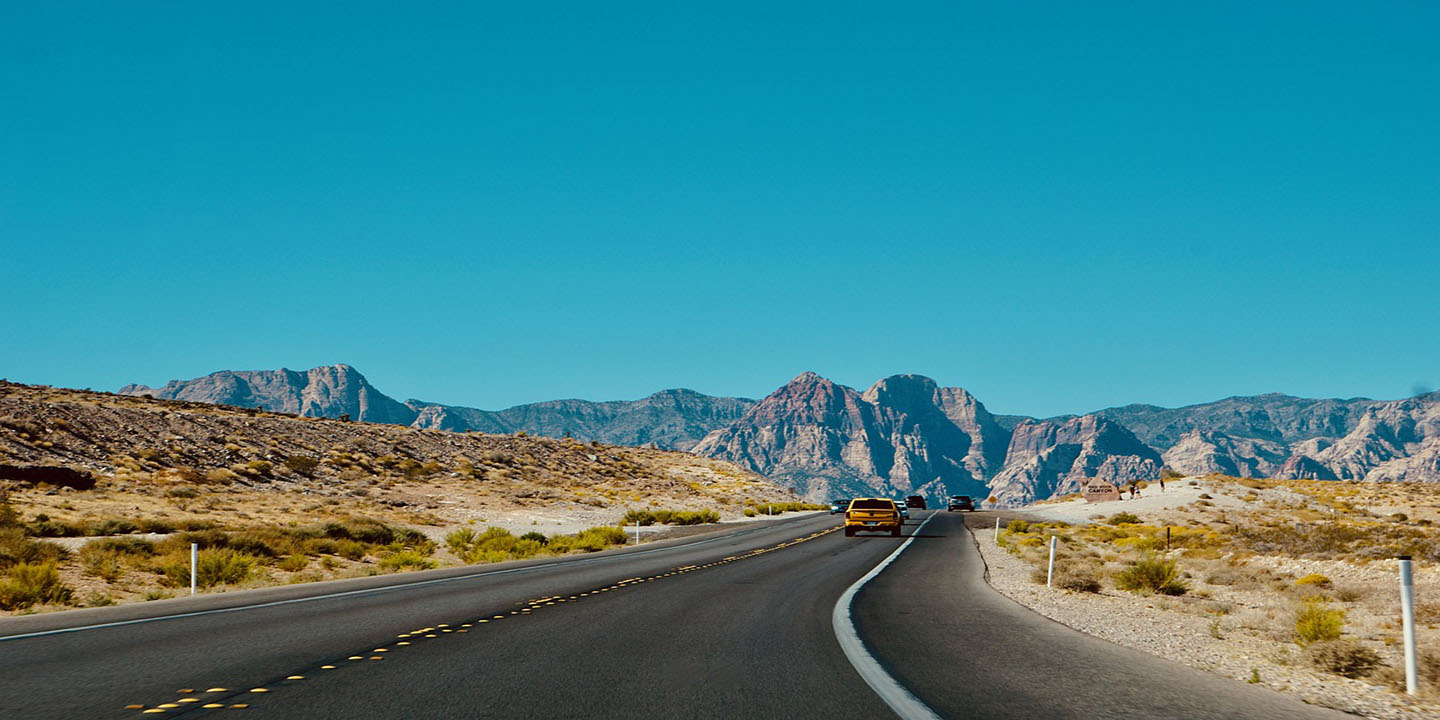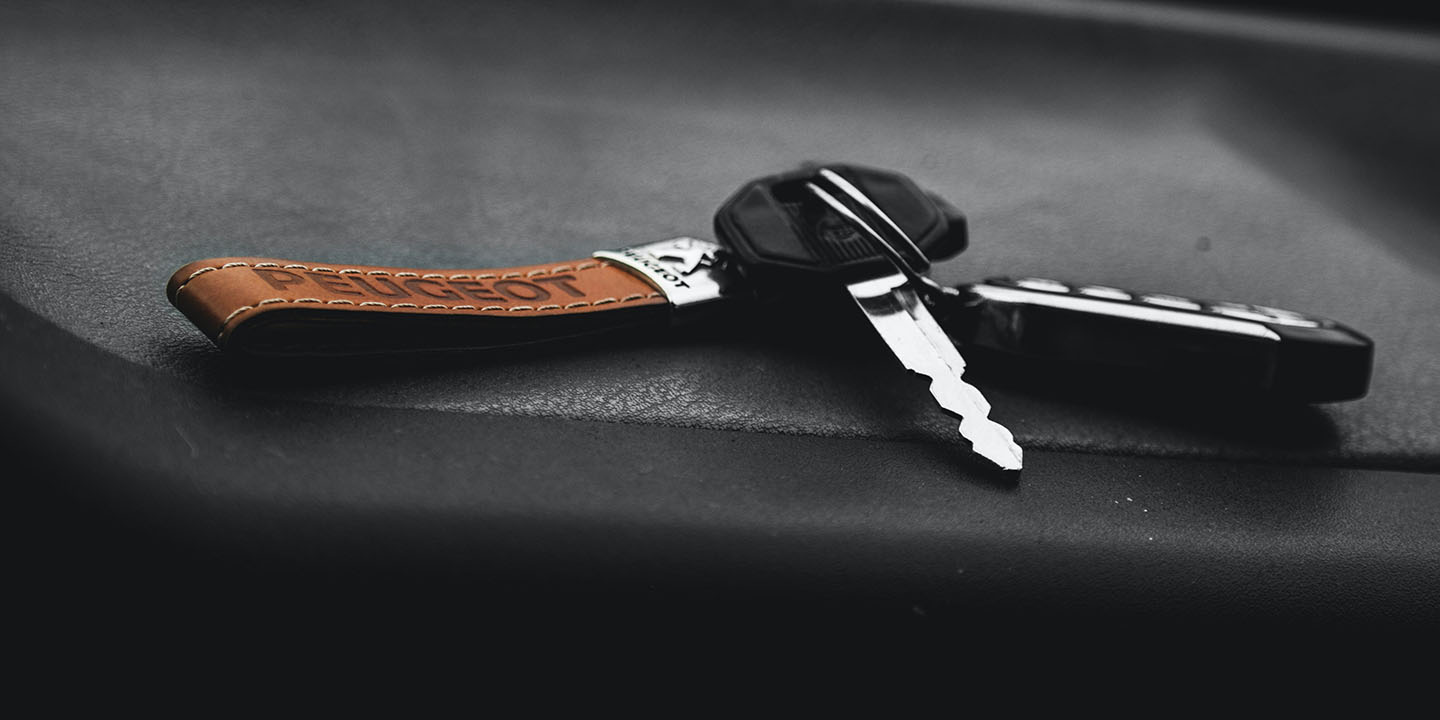Life in the Fast Lane or the Carpool Lane?
It’s common nowadays to find adults who don’t drive—and it’s easy to see why. With gas prices what they are and repair costs through the roof, who wouldn’t opt for life in the passenger seat? However, despite all its stresses, some people can’t go without a license and would rather eat the cost of car ownership than ride in the back seat. Let’s explore the pros and cons of both together.
1. You’re Not Cut Out for It
Driving isn’t for everyone but it’s often pushed as the only means of transportation. Society pressures people to get behind the wheel—even when you’re uncomfortable, struggle with mental health conditions, or simply aren’t good at it. However, if you’re not up for the challenge, stick to the passenger side.
2. You Live in a City
Busy cities have the convenience of public transportation. Not everyone wants to sit in bumper-to-bumper traffic or struggle to find parking; some people are happier to curl up on the bus. There’s also the added freedom of cycling or walking to get around.
3. Driving is Stressful
Aggressive drivers, expensive repairs, parallel parking—driving isn’t for everyone. Let’s be honest, driving isn’t even for some people already on the road. In a world rife with stress, it’s sometimes easier to wash your hands of a challenge than it is to dive headfirst into it.
4. The Money Isn’t There
Car ownership is more expensive than people think. Between gas prices and repair costs, vehicles can rack up bills into the thousands. You’ll also need auto insurance and seasonal maintenance, not to mention all those little costs like stickers, registration, and parking fees.
5. You Avoid Traffic More Often
Oh, you thought owning a car was stressful? Try sitting in traffic every day, multiple times a day, with nothing but the radio for company. Congestion is a breeding ground for tension and accidents, and it’s easier to avoid it when you can. Sure, you’ll still experience it on road trips or some public transportation, but you’ll never worry as much as actual drivers.
6. Less Responsibility
You’re never the designated driver. You’re never the gopher. You’re never sobbing at the mechanic as all your money goes into a repair. In reality, passenger princesses have way less to worry about, and it’s a lifestyle some can’t wait to embrace.
7. You’re a Good Sidekick
Passenger princesses aren’t just mooches in the back seat. A lot of the time, they’re great sidekicks who control the GPS, handle the radio, and message people along the way. They also call locations ahead of time and watch out for landmarks so drivers know where to go.
8. Soak in the Scenery
Drivers can’t always stop and smell the roses—or pull over to enjoy a sunset. They’re so preoccupied with the road that they often miss the scenery alongside it. But you know who doesn’t? A passenger princess.
9. You Don’t Want to Drive
Believe it or not, it’s totally fine when someone doesn’t want to drive. It seems weird on the surface, but it’s more commendable to admit zero interest than to be a dangerous driver on the road.
10. It’s Way More Fun
We know passenger princesses catch a lot of flak. Truth be told, it’s better to share the driving than to hog the passenger seat—but if you can’t drive, it’s way more fun to snuggle up with a snack and the AUX cord.
While driving can be scary and expensive, that doesn’t mean it’s worth avoiding altogether. Let’s dive into some of the best reasons you should score your license.
1. Learning is Harder When You’re Older
If you’ve been sitting on your hands all these years, it might be time to sit in the driver’s seat. Like anything in life, learning to drive is harder as you age, which means more stress and less confidence on the road.
2. Driving Gives You Freedom
Perhaps the best thing about driving is its freedom. You can go anywhere you want, do anything you want, and never have to rely on someone else. It’s also less embarrassing to drive yourself around than to ask for a lift every time.
3. It Boosts Your Confidence
Good drivers will tell you how much their confidence skyrockets behind the wheel. It’s pretty empowering to know that you can handle a car and handle it well, and that skill only improves with time.
4. More Career Opportunities
You only have so many job opportunities within walking distance. While you can take public transit, travel time is often doubled (at least) on the bus or train than it is in a car. It’s nice to cut that time down and open yourself to more career possibilities.
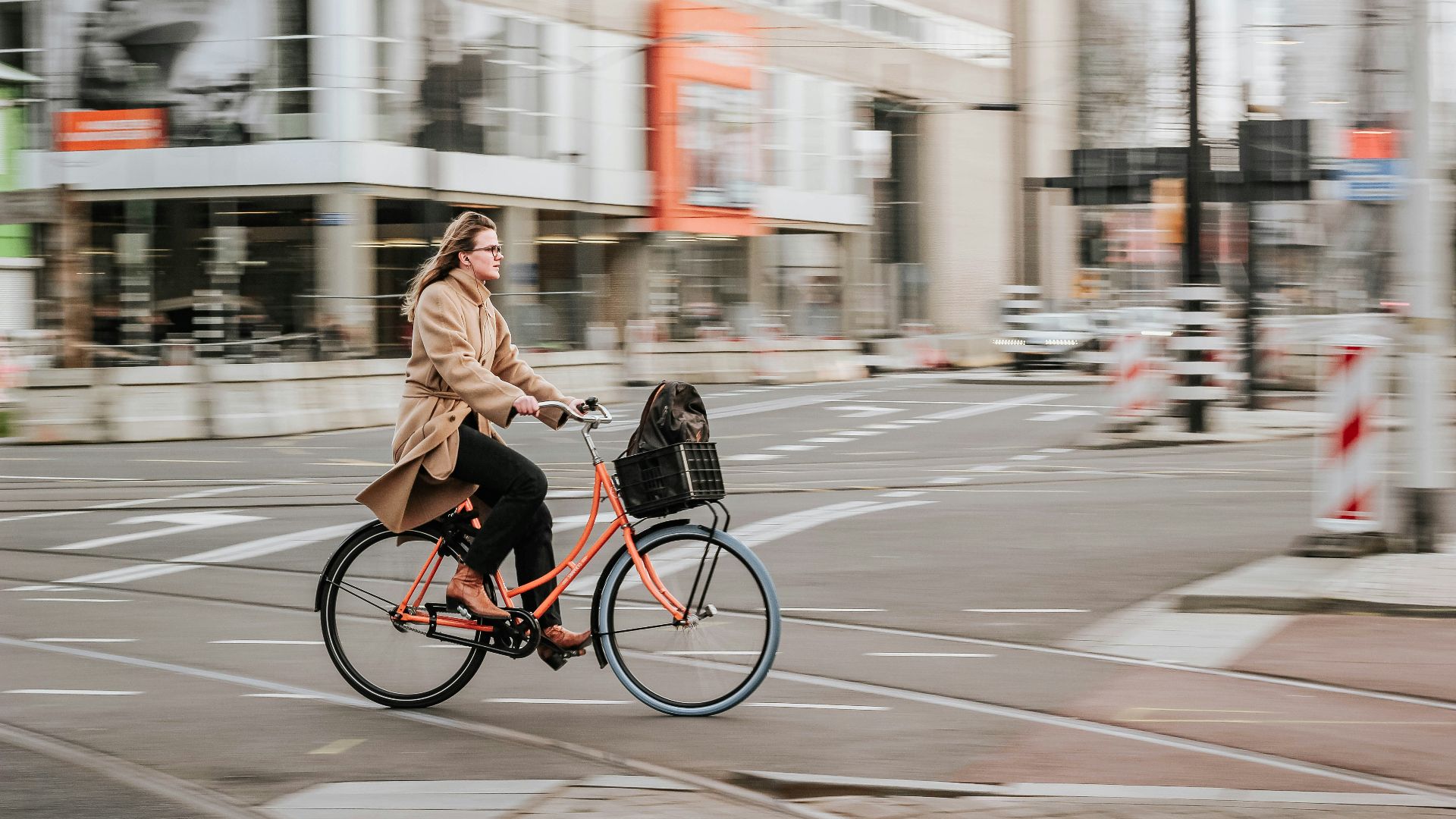 micheile henderson on Unsplash
micheile henderson on Unsplash
5. It’s a Useful Skill to Have
Even if you don’t drive every day, it’s not a skill that goes rusty quickly. Some people don’t get behind the wheel for a year or more and can still pick it up like no time passed. At the end of the day, it’s pretty comforting to know you have a lifelong skill under your belt.
6. Convenient I.D.
As unfair as it is for non-drivers, a license is often the default piece of identification. You can technically use other pieces of I.D., but no one wants to walk around with their birth certificate or passport. Photo I.D. cards can thankfully get issued to non-drivers now, but those weren’t always a thing, so it's comforting to know you'll always have the right card on you.
7. A Sense of Independence
There’s no greater independence than driving, especially as an adult. You don’t have to rely on others for a ride or get your groceries delivered to the house (which costs more money)—you have total control over your life.
8. Privacy and Personal Space
Public transit has a lot of pros and cons. Yes, it’s convenient and gives you time to read before work, but it’s also full of strange people and crammed spaces. Despite the cost of car ownership, many drivers think it’s more than worth it for a little personal space.
9. It Makes Life More Convenient
We can only rely on public transportation so much. Trains break down, streets close, and some buses are so packed that you can’t even get on. Not only that, but public transport has limited routes and that can mean chaos for your day. It’s way easier to find alternative routes with a car or run small tasks in a fraction of the time.
10. Arrive on Time
Let’s be honest—buses aren’t always on time. Between unforeseen delays and generally longer travel times, public transport is as much a hindrance as a help. Motorists don’t have to worry about those wonky schedules.




